To map and understand degradation of art objects, researchers sometimes have to zoom in down to the square micrometer. A new infrared technique provides even more detail.
For almost five centuries, the colored statues of saints have been in Mechelen among all kind of relics and other objects in a richly decorated, paradisiacal garden, which can be closed with painted panels. In the 16th century, the Augustinian nuns made these retable cabinets, known as ‘Enclosed Gardens’. A unique religious art form for which the sisters used a variety of materials such as metal, glass, bone, coral and amber. Many of these parts suffered from material decay over the centuries, but the brass elements in particular, in the form of sequins and threads, seemed to have stood the test of time surprisingly well. It was therefore remarkable that some sequins and wires did show obvious corrosion.
As part of a larger research project on the manufacture and preservation of the Enclosed Gardens, chemist Andrea Marchetti, a researcher at the University of Antwerp’s A-Sense Lab, looked into this problem with his colleagues. ‘The Enclosed Gardens, located in the nuns monastic cells, have always been in the same indoor climate. Yet, there was a difference in the state of conservation‘, Marchetti says. ‘We then started looking at the microenvironment. We had a suspicion that the possible cause was the contact between the metal parts and glass that was visually degraded. The glass would then have caused the corrosion of the metal.’ To find evidence for their hypothesis, the team, led by professor Karolien De Wael, used Optical Photothermal Infrared (O-PTIR), an analysis technique that had previously hardly been applied to cultural heritage. The results were recently published in the journal Science Advances.
Unequal distribution
Artworks are not laboratory samples, with an ideal distribution of molecules and elements. These ‘art molecules’ are unevenly distributed throughout the object, down to the very smallest scale. With somewhat coarser analysis techniques, there is a risk of researchers overlooking a crucial piece of information. Three-dimensional objects in particular pose a huge challenge for most techniques. ‘O-PTIR offers huge advantages in this respect’, Marchetti says. ‘Firstly, you hardly need to prepare the objects you want to examine and, if the object fits in the chamber of the instrument, you do not need to extract material for analysis. For many other techniques this is the case. Moreover, for objects like glass beads, you would never be able to get good cross-sections, therefore they cannot really be examined that way.’
‘You can map the degradation inside individual wood cells’
Many traditional infrared techniques have a maximum accuracy of twenty to thirty micrometers. However, by adding a second, visible laser to the laser carrying the infrared signal, the intricacy of analysis increases enormously, even up to areas of half a micrometer. ‘In another study, we compared O-PTIR’s capabilities with those of infrared analysis in a synchrotron, a particle accelerator’, Michael says. ‘It seems we could distinguish certain chemical core features with O-PTIR that were less visible with the synchrotron signal. We were thus able to identify pigments that we would otherwise have missed.’
Unstable glass
The analysis fulfilled the expectations: on both the sampled glass beads and metal elements, they found basic copper formate. ‘This is a really reliable marker’, Marchetti explains. ‘We know from extensive studies performed on this phenomenon that this specific chemical compound only arises due to contact between degraded glass and metal. Chemically unstable glass, in the moist environment of the monastery, is therefore almost certainly the cause of deterioration of the metal parts.’ Based on their findings, the conservation of the Gardens in the museum have since been further improved.
Marchetti is thrilled about the possibilities offered by O-PTIR. ‘You can, for example, investigate the interaction between ink and paper at the edges of letters in manuscripts or on papyri without taking samples. And you can map degradation inside individual wood cells.’ One limitation is the size of the room in which the examined objects are placed, but that might improve in the future. An entire painting might not fit, but other than that, with this technique ‘the sky is the limit’, Marchetti says.
This research was funded by Belspo ArtGarden project ‘Art Technical Research and Preservation of Historical Mixed-Media Ensembles: ‘Enclosed Gardens‘ and the University of Antwerp.


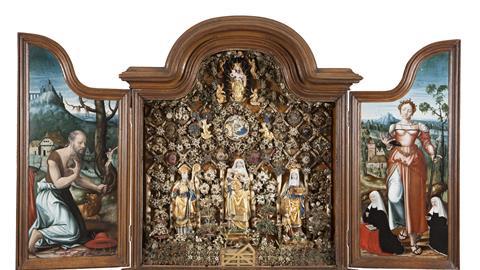

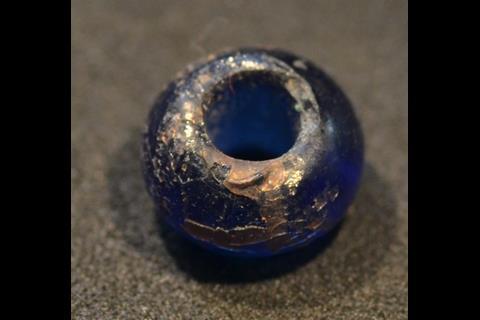
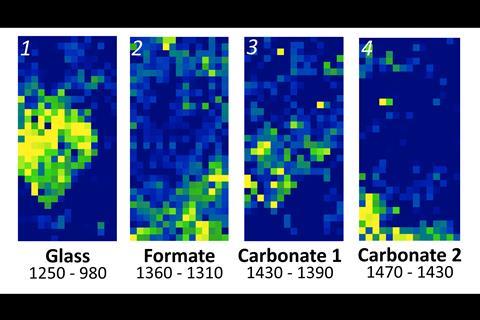
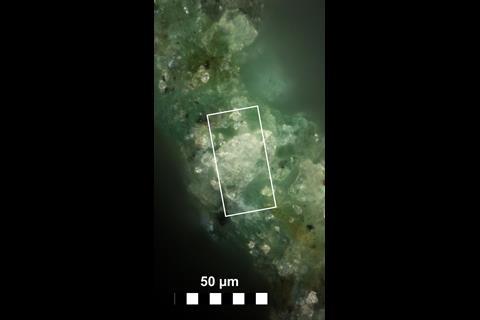
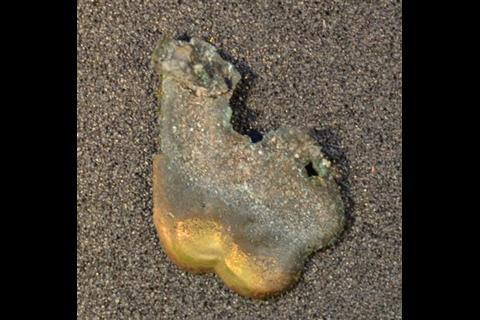
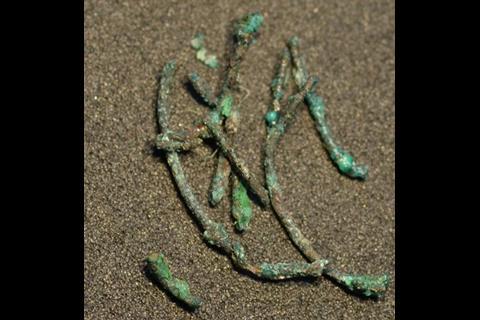










Nog geen opmerkingen